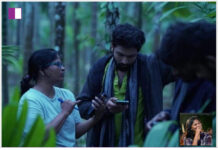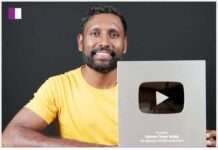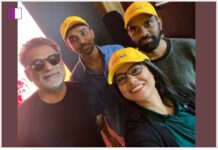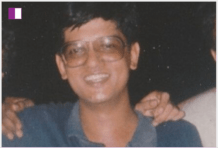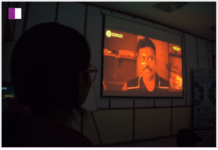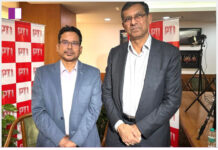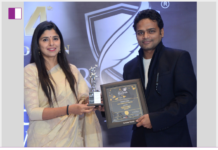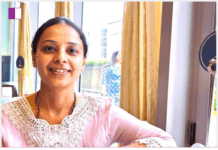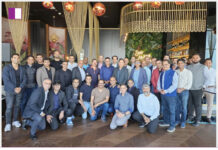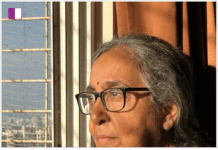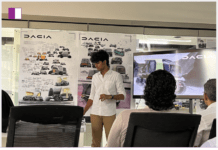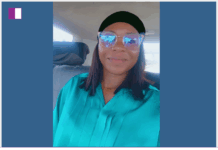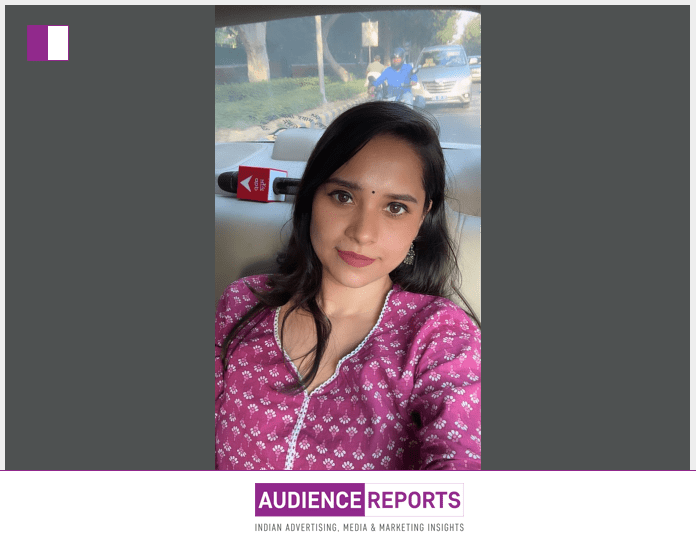Megha Upadhyay is not just a reporter at ABP Network; she is a voice of clarity for every aspiring journalist navigating the uncertain corridors of media education and the professional world that lies beyond it. With an honesty that slices through illusions, Megha Upadhyay recently shared an eye-opening reflection aimed at media students a group often brimming with ambition yet unaware of the realities they are about to face.
Megha Upadhyay begins her post by challenging one of the most persistent myths in media education: that what is taught in classrooms will seamlessly translate into the newsroom. Her words come not just from personal opinion but from hard-earned experience as an alumna of the prestigious Indian Institute of Mass Communication (IIMC). Megha Upadhyay candidly admits that despite the comprehensive curriculum covering script writing, news reading, reporting, and media ethics the real world of journalism unfolded far differently.
For Megha Upadhyay, graduation was not a smooth passage into a ready-made role. Instead, she recalls how reality greeted her with a polite, albeit stern reminder to forget everything she thought she knew and start afresh. It’s a sentiment many professionals feel but few articulate with such clarity. Megha Upadhyay does not lament this gap between education and practice; rather, she highlights it as an essential understanding that every media aspirant must come to terms with.
One of the core messages Megha Upadhyay drives home is the urgency of proactive preparation. The field of journalism, especially on-camera roles like anchoring and reporting, demands more than textbook knowledge. Megha Upadhyay emphasizes starting early on day one, not after exams or when convenience allows. In an age where digital platforms are accessible to all, she encourages students to leverage tools like YouTube and Instagram to practice voice modulation, camera presence, and storytelling. This isn’t just for immediate visibility but to build a foundation of readiness. As Megha Upadhyay succinctly puts it, when opportunity knocks, there won’t be time to prepare you’ll either be ready or replaced.
It’s this realism that sets Megha Upadhyay’s advice apart. Without sugarcoating, she reminds students that while theory has its place, the field demands proof, not promises. The media landscape is crowded. Thousands aspire to hold a mic, but the available opportunities are limited and fiercely contested. Megha Upadhyay challenges students to ask themselves why someone would hand them a mic over countless others. It’s a sobering but necessary question one that urges introspection and continuous self-improvement.
The practicality of Megha Upadhyay’s message extends beyond just skills. Her words implicitly advocate for resilience, adaptability, and an entrepreneurial mindset. Creating content independently, practicing consistently, and treating every piece of work as preparation for the big moment is not just a strategy it’s survival in a competitive industry. Megha Upadhyay’s own journey, though not detailed explicitly in her post, resonates through this advice; she speaks as someone who has walked that difficult path and emerged not just employed but effective and insightful.
Moreover, Megha Upadhyay’s perspective sheds light on a larger truth applicable beyond media: the gap between academic training and professional realities is universal. Whether in journalism, marketing, or technology, those who adapt quickly and build practical competencies early on often outperform peers who rely solely on formal education. Megha Upadhyay, by focusing on immediate action rather than waiting for structured opportunities, equips students with a mindset that transcends industries.
Another noteworthy aspect of Megha Upadhyay’s message is her implicit emphasis on authenticity. When she says, “the camera sees everything even the ones who didn’t practice,” it serves as a reminder that journalism, especially on-camera roles, is an unrelenting mirror. It reflects preparation, confidence, and truthfulness or the lack thereof. For Megha Upadhyay, being visible isn’t enough; being competent and prepared is what creates longevity in a career.
Her advice does not discourage. On the contrary, it empowers by setting realistic expectations and offering actionable steps. Megha Upadhyay’s words encourage students to treat their dreams with seriousness and urgency, not with passive optimism. Preparation, for her, is a form of respect for the craft, for the audience, and for oneself.
In the end, Megha Upadhyay’s post stands out because it neither overcomplicates nor oversimplifies the path to a career in media. She acknowledges the role of education but positions it as a starting point, not a guarantee. Through her clear-eyed articulation, Megha Upadhyay offers both a wake-up call and a blueprint: start early, practice relentlessly, and approach every opportunity with readiness as your companion.
For media students, following Megha Upadhyay’s advice means stepping beyond the safe confines of theory and embracing the unpredictability of the real world. It means producing work before anyone asks, honing skills before they are tested, and embodying professionalism before titles are handed out. Megha Upadhyay doesn’t promise shortcuts, but she illuminates a path that, though demanding, leads to meaningful success.
Ultimately, Megha Upadhyay’s insights are not just lessons for budding journalists they are principles of growth, discipline, and authenticity relevant to anyone striving to make their mark in a competitive field. By sharing her experience with such unfiltered honesty, Megha Upadhyay has given media students something far more valuable than encouragement she has given them the truth, and the tools to navigate it.

